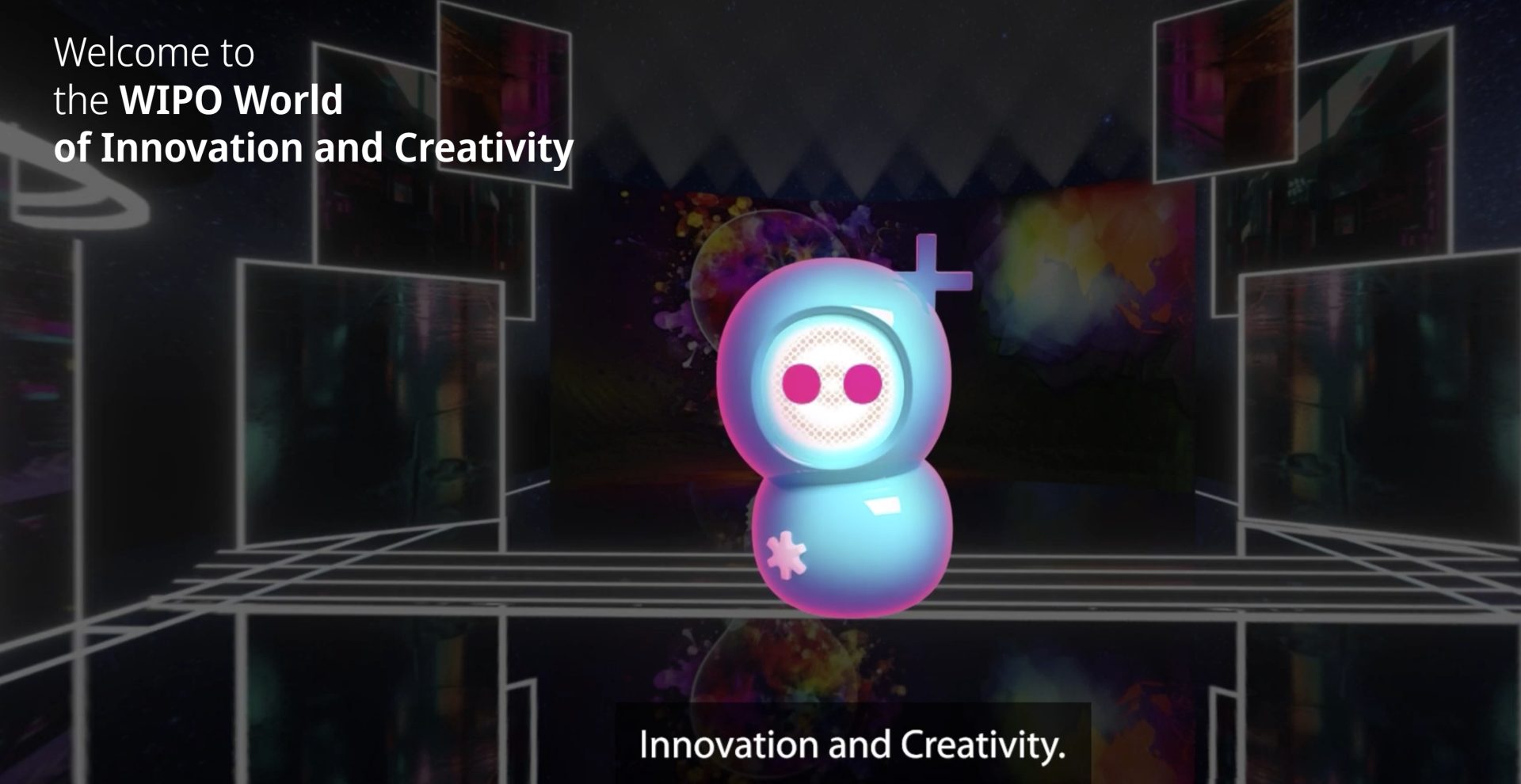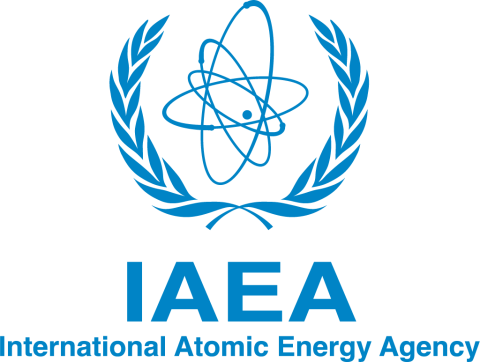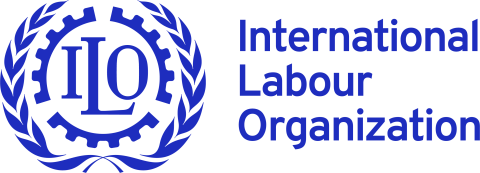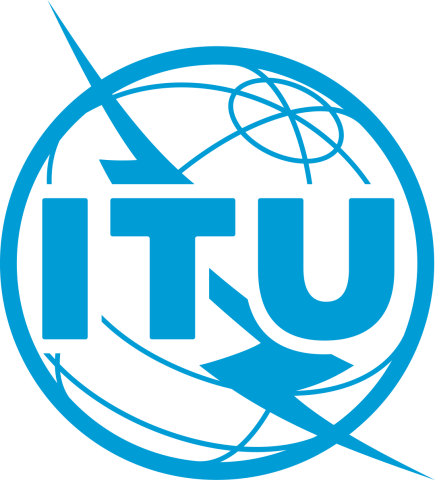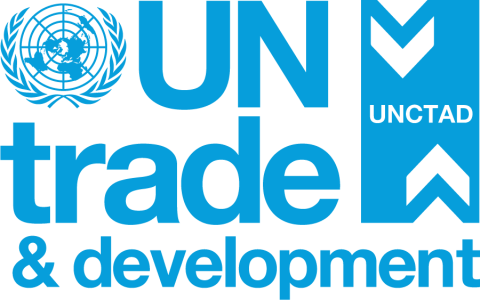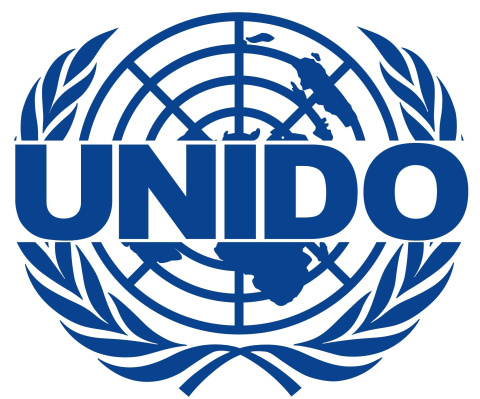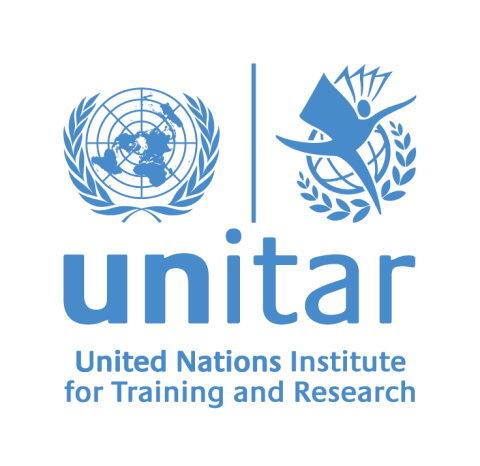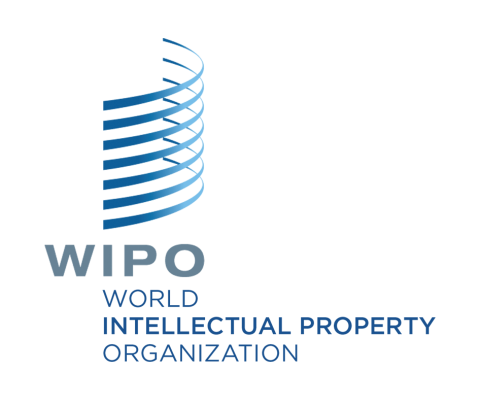
Sobrescribir enlaces de ayuda a la navegación
- Esta página fue traducida usando traducción automática. Leer más.
Establecer estándares y regulaciones globales para tecnologías emergentes
La Unión Internacional de Telecomunicaciones (UIT) , entidad no solo más antigua del sistema actual de las Naciones Unidas, sino también el organismo responsable de las tecnologías digitales, establece estándares y ofrece recomendaciones que regulan las redes globales. Por ejemplo, los códigos de país, utilizados para todas las llamadas telefónicas internacionales, son un estándar de la UIT. Ejemplos más recientes incluyen la transmisión de vídeos de alta calidad en definición 4K u 8K, o una recomendación publicada sobre las características de los sistemas de cables submarinos de fibra óptica. Estas recomendaciones pueden abordar características técnicas, compatibilidad, seguridad y requisitos de sostenibilidad de las tecnologías utilizadas.
Hacer que las nuevas tecnologías sean accesibles para todos y conectar el mundo
Uno de los objetivos de la UIT es mejorar el acceso a las tecnologías digitales para las comunidades que aún no están conectadas. Año tras año, los niveles de conectividad aumentan en cuanto a la posesión de teléfonos móviles, la cobertura de banda ancha o los usuarios de internet, lo que permite a más personas acceder a la información o a los mercados globales. Sin embargo, existen marcadas discrepancias entre hombres y mujeres, entre las poblaciones urbanas y rurales, y entre los países de ingresos altos y bajos, como muestran los datos de la UIT para 2024 :
El 68% de las personas en todo el mundo utilizan Internet
(93% en países de altos ingresos frente al 27% en países de bajos ingresos)
El 80% de las personas en todo el mundo poseen un teléfono.
(96% en países de altos ingresos frente a 56% en países de bajos ingresos)
El 51% de las personas en todo el mundo están cubiertas por redes móviles 5G
(84% en países de altos ingresos frente a 4% en países de bajos ingresos)
Distintas entidades de las Naciones Unidas trabajan para mejorar el acceso global a nuevas tecnologías, creyendo que esto contribuye al desarrollo, por ejemplo, a través de una mejor educación, el acceso a los mercados globales o incluso a los sistemas financieros.
Ejemplo: Iniciativa Giga
La UIT, junto con UNICEF, la organización de las Naciones Unidas dedicada a la infancia, puso en marcha la iniciativa GIGA con un objetivo muy ambicioso: conectar todas las escuelas del mundo a internet para 2030. En una primera etapa, Giga mapea todas las escuelas, su acceso a internet y la calidad de la conexión. Posteriormente, el proyecto colabora con los gobiernos para elaborar un modelo de financiación y los detalles técnicos para la conexión universal de las escuelas.
Desde su lanzamiento en 2019, se han mapeado 2,1 millones de escuelas. 14.500 escuelas ya recibieron asistencia para mejorar su conectividad, lo que resultó en que 7,79 millones de niños tuvieran mejor acceso a Internet.
Utilizando tecnologías para avanzar en los objetivos de la ONU
A medida que las tecnologías evolucionan, también lo hacen las sociedades: lugares de trabajo, escuelas, bibliotecas, restaurantes u hospitales utilizan nuevos medios para mejorar sus modalidades de trabajo. La ONU también sigue de cerca la innovación en todos los ámbitos, evaluando constantemente si las nuevas tecnologías pueden ayudar a la Organización a prestar mejor sus servicios y cómo hacerlo. Su conexión con el mundo académico a través de la iniciativa Impacto Académico de la ONU le permite utilizar los últimos resultados de investigación para su aplicación práctica.
Las adaptaciones pueden ser sencillas, pero tienen un impacto innegable. Por ejemplo, el Consejo de Derechos Humanos votó en 2024 a favor de ofrecer modalidades de participación remotas y en línea para todas sus reuniones. Como consecuencia, los Estados más pequeños sin representación en Ginebra, e incluso ONG de todo el mundo que no contarían con el presupuesto para enviar a un participante, pueden seguir y contribuir a las reuniones. Esto se traduce en una mayor diversidad de las voces que se escuchan en el Consejo.
También se están utilizando nuevas tecnologías para mejorar los servicios que las entidades de las Naciones Unidas prestan directamente a las comunidades. La iniciativa IA para el Bien , liderada por la UIT, por ejemplo, identifica aplicaciones específicas de IA que pueden utilizarse para contribuir al logro de los Objetivos de Desarrollo Sostenible .
Tecnologías en la asistencia humanitaria
El uso de tecnologías en la ayuda humanitaria puede salvar vidas: al predecir desastres y al brindar asistencia cuando ocurren. La Organización Meteorológica Mundial utiliza satélites de observación de la Tierra y modelos numéricos para evaluar el estado de la Tierra y pronosticar fenómenos meteorológicos extremos. El monitoreo y la predicción son uno de los pilares de la iniciativa Alertas Tempranas para Todos de las Naciones Unidas, cuyo objetivo es reducir el número de víctimas y la pérdida de bienes durante desastres naturales. Otro pilar es la difusión de esta información a las personas en peligro potencial. Esto ahora es posible gracias a la mejora de la cobertura de las telecomunicaciones. La OMM y la UIT trabajan en conjunto para difundir información meteorológica a todas las personas en las zonas afectadas.
La respuesta ante desastres también depende cada vez más de la tecnología. Por ejemplo, los drones pueden entregar bienes y medicamentos a personas en zonas de difícil acceso, y ahora se pueden utilizar robots para rescatar a personas de zonas demasiado peligrosas para el acceso de los equipos de rescate.
Protegiendo las innovaciones y a los innovadores
La ONU no solo aplica nuevas invenciones e ideas, sino que también protege a quienes las crearon. La Organización Mundial de la Propiedad Intelectual, con sede en Ginebra, registra ideas y creaciones, marcas y diseños, protegiéndolos así del robo o la copia ilegal por parte de la competencia. Incluso los conocimientos y la cultura tradicionales de los pueblos indígenas pueden protegerse bajo el sistema internacional de propiedad intelectual.
Además de ser la referencia para los registros de propiedad intelectual existentes, la OMPI actúa como foro para que los Estados desarrollen estas políticas de propiedad intelectual, ejerzan la supervisión transfronteriza y resuelvan controversias cuando sea necesario. Asimismo, la organización capacita a personas, grupos o empresas sobre cómo proteger mejor su innovación o empresa. Pintores, músicos, artesanos, personal médico o chefs: todos innovan, pero no siempre saben cómo proteger sus innovaciones. Por ello, la organización ofrece programas de desarrollo de capacidades a un público global, incluyendo universidades y escuelas, para fomentar la innovación y la creatividad a cualquier edad.
La propiedad intelectual en cifras
En 2023, los solicitantes presentaron un récord de 3,55 millones de solicitudes de patentes para proteger sus invenciones. Se presentaron 11,6 millones de solicitudes de marcas y 1,19 millones de diseños industriales.
Gobernanza global
Las tecnologías digitales están transformando drásticamente nuestro mundo. Ofrecen inmensos beneficios potenciales para el bienestar y el progreso de las personas y las sociedades, así como para nuestro planeta. Ofrecen la promesa de acelerar la consecución de los Objetivos de Desarrollo Sostenible.
La declaración anterior constituye el primer párrafo del Pacto Digital Mundial , un acuerdo negociado por los 193 Estados miembros en septiembre de 2024 para establecer objetivos y normas globales para el espacio digital. Las Naciones Unidas aspiran a un futuro digital inclusivo, abierto, sostenible, justo, seguro y protegido para todos, como se establece en el Pacto Digital Mundial. Un requisito previo para ello es que la comunidad mundial convenga en un conjunto común de valores en el ámbito tecnológico.
Para lograrlo, la ONU ha invitado a la comunidad mundial a sumarse al pacto : las ONG o asociaciones, el mundo académico y las instituciones gubernamentales pueden contribuir a hacer que las tecnologías digitales sean accesibles y beneficiosas para todos.
Tras la adopción del Pacto Digital Mundial, se creó una Oficina de Tecnologías Digitales y Emergentes dentro de la Secretaría de la ONU para impulsar su implementación. Esto subraya la importancia del tema para la ONU y sus miembros.
Los cinco objetivos del Pacto
- Cerrar todas las brechas digitales y acelerar el progreso en los Objetivos de Desarrollo Sostenible
- Ampliar la inclusión y los beneficios de la economía digital para todos
- Fomentar un espacio digital inclusivo, abierto, seguro y protegido que respete, proteja y promueva los derechos humanos
- Promover enfoques de gobernanza de datos responsables, equitativos e interoperables
- Mejorar la gobernanza internacional de la inteligencia artificial en beneficio de la humanidad
Protegiendo a los niños en línea
Un grupo que necesita protección especial en el espacio digital son los niños y jóvenes. La UIT ha elaborado unas Directrices para la Protección Infantil en Línea, que incluyen sugerencias para políticas nacionales e industriales destinadas a proteger a la infancia.
Las directrices también incluyen programas de formación para niños de diferentes edades, así como información para padres y profesores. Con el conocimiento sobre las oportunidades y los peligros de los medios digitales, y con recursos para solicitar ayuda, están capacitados para usar la web sin caer fácilmente en la trampa.
Organizaciones de las Naciones Unidas que trabajan en innovación y tecnología
El OIEA es el centro mundial de cooperación en el campo nuclear. Se estableció como la organización mundial "Átomos para la paz" en 1957 dentro de la familia de las Naciones Unidas. El Organismo trabaja con sus Estados Miembros y múltiples asociados en todo el mundo para promover tecnologías [...]
La Organización Internacional del Trabajo es la agencia de las Naciones Unidas para el mundo del trabajo. Reúne a gobiernos, empleadores y trabajadores para impulsar un enfoque del futuro del trabajo centrado en el ser humano a través de la creación de empleo, los derechos en el trabajo, la [...]
La Unión Internacional de Telecomunicaciones (UIT) es la agencia especializada de las Naciones Unidas para las tecnologías digitales. Impulsa la innovación en TIC con 194 estados miembros y más de 1.000 empresas, universidades y organizaciones internacionales y regionales.
Desde redes de banda ancha [...]
ONU Commercio y Desarrollo (UNCTAD) es la principal institución de las Naciones Unidas que se ocupa del comercio y el desarrollo. Es un organismo intergubernamental permanente establecido por la Asamblea General de las Naciones Unidas en 1964. La UNCTAD apoya a los países en desarrollo para que [...]
La Oficina de las Naciones Unidas para la Reducción del Riesgo de Desastres (UNDRR) trabaja para reducir sustancialmente el riesgo de desastres y las pérdidas para garantizar un futuro sostenible. UNDRR (anteriormente conocida como UNISDR) es el punto focal del sistema de las Naciones Unidas para la [...]
La Oficina de Enlace de la UNESCO en Ginebra (GLO) se creó en 1979 para servir de enlace entre la UNESCO y la Oficina de las Naciones Unidas en Ginebra (ONUG), los organismos especializados de las Naciones Unidas con sede aquí (por ejemplo, la OMS, la OIT, la UIT, la OMPI y la OMM), los programas de [...]
Como brazo dedicado a la formación del sistema de las Naciones Unidas, el Instituto de las Naciones Unidas para la Formación Profesional y la Investigación (UNITAR) proporciona soluciones de aprendizaje innovadoras a personas, organizaciones e instituciones para mejorar la toma de decisiones a nivel [...]
UNOPS ayuda a la ONU y a sus socios a brindar soluciones de paz y seguridad, humanitarias y de desarrollo. Su misión es ayudar a las personas a construir una vida mejor y a los países a lograr la paz y el desarrollo sostenible.
Están enfocados en la implementación, comprometidos con los valores de [...]
La Organización Mundial de la Propiedad Intelectual (OMPI) es un organismo especializado de las Naciones Unidas. Se dedica a desarrollar un sistema internacional de propiedad intelectual (PI) equilibrado y accesible, que premia la creatividad, estimula la innovación y contribuye al desarrollo [...]

